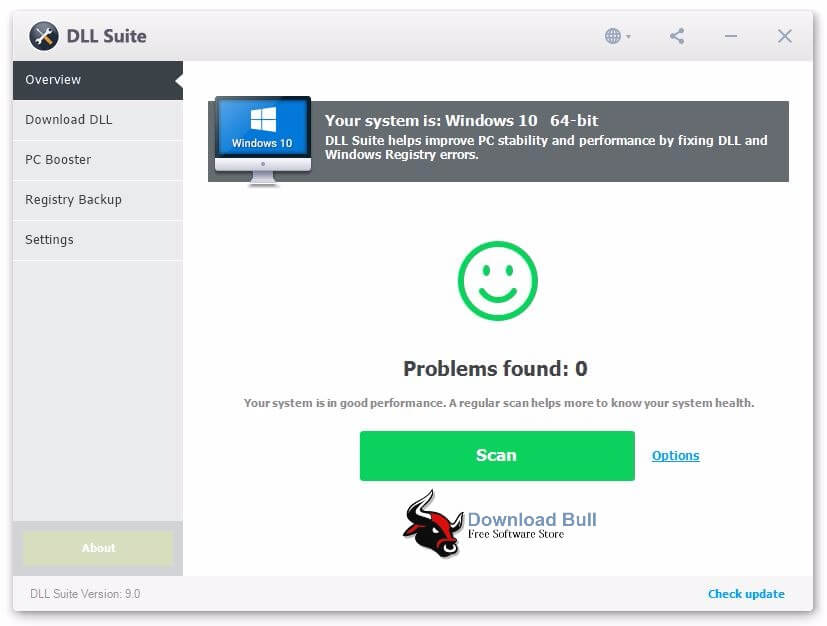

Reads the registry for installed applicationsĪdversaries may employ a known encryption algorithm to conceal command and control traffic rather than relying on any inherent protections provided by a communication protocol.

Queries the internet cache settings (often used to hide footprints in index.dat or internet cache)Īdversaries may attempt to get a listing of software and software versions that are installed on a system or in a cloud environment. Reads information about supported languagesĬhecks warning level of secure to non-secure traffic redirection Observed GetEnvironmentVariable API stringĬontains ability to read software policiesĪdversaries may interact with the Windows Registry to gather information about the system, configuration, and installed software.

The input sample possibly contains the RDTSCP instructionĪdversaries may delete files left behind by the actions of their intrusion activity.Īdversaries may perform software packing or virtual machine software protection to conceal their code.Īn adversary may attempt to get detailed information about the operating system and hardware, including version, patches, hotfixes, service packs, and architecture. Observed AdjustTokenPrivileges API stringĪdversaries may interact with the Windows Registry to hide configuration information within Registry keys, remove information as part of cleaning up, or as part of other techniques to aid in persistence and execution.Īdversaries may employ various means to detect and avoid virtualization and analysis environments.Ĭontains ability to detect virtual environment Modifies auto-execute functionality by setting/creating a value in the registryĪdversaries may circumvent mechanisms designed to control elevate privileges to gain higher-level permissions.Īdversaries may modify access tokens to operate under a different user or system security context to perform actions and bypass access controls. Adversaries may achieve persistence by adding a program to a startup folder or referencing it with a Registry run key.


 0 kommentar(er)
0 kommentar(er)
